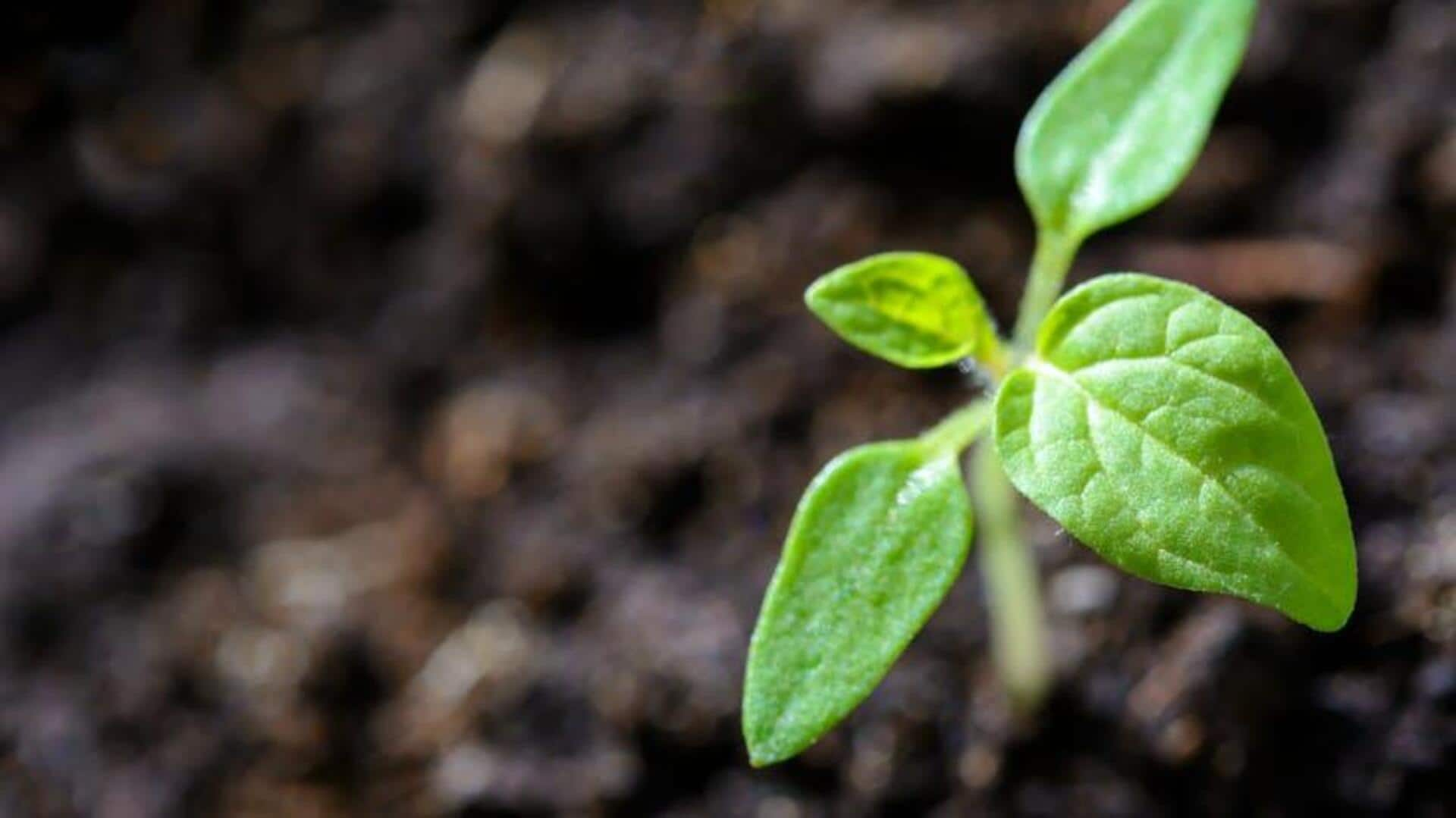
How to fix poor soil and revive your plants
What's the story
Plants can sometimes look lifeless, even after regular care. The soil they grow in is an integral part of their health and vitality. Knowing how to improve soil quality can make a world of difference in plant growth. Here's a list of practical tips to rejuvenate stagnant plants by improving the soil they thrive in. These insights will help you create an environment for your plants to flourish.
Drainage
Improve drainage for healthier roots
Proper drainage is critical to keep roots healthy. Waterlogged soil can choke roots, which can mar the health of your plants. To enhance drainage, try adding coarse sand or perlite to your potting mix. These create air pockets, letting excess water run off and preventing root rot. Having the right size drainage holes in pots is equally important to keep moisture levels in check.
Organic matter
Enrich soil with organic matter
Adding organic matter to the soil improves its structure and nutrient content. Compost, leaf mold, or well-rotted manure are some of the best options for enriching the soil naturally. These materials decompose over time, releasing nutrients plants require for growth. They also improve water retention and aeration in the soil.
pH levels
Adjust pH levels for optimal growth
Soil pH also affects nutrient availability and plant health more than you'd think. Most plants prefer slightly acidic to neutral pH levels between six and seven. Test your soil's pH using a simple kit available at garden centers/online stores. If you need to make adjustments, lime can raise pH levels while sulfur lowers them, helping you create an ideal growing environment.
Mulching
Use mulch to retain moisture
Mulching retains moisture in soil by minimizing evaporation rates from the top layer in hot weather or dry spells. It also suppresses weed growth, which competes with desired vegetation for resources such as light and nutrients. Thus, it promotes healthier, more vigorous development without the stress of competition. Proper implementation techniques ensure outcomes are avoided altogether.